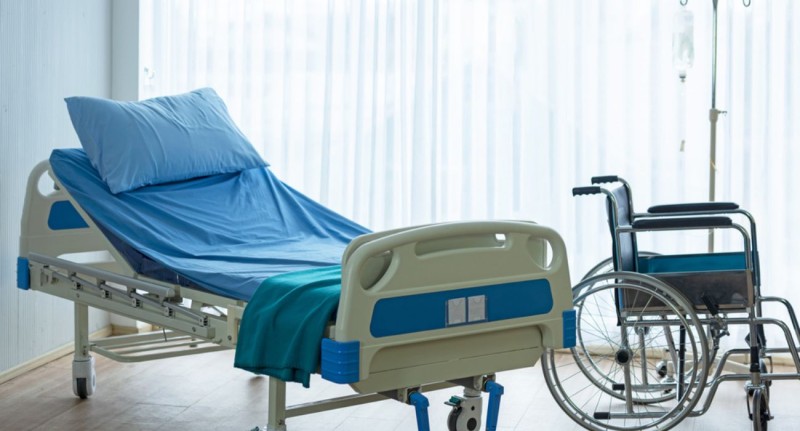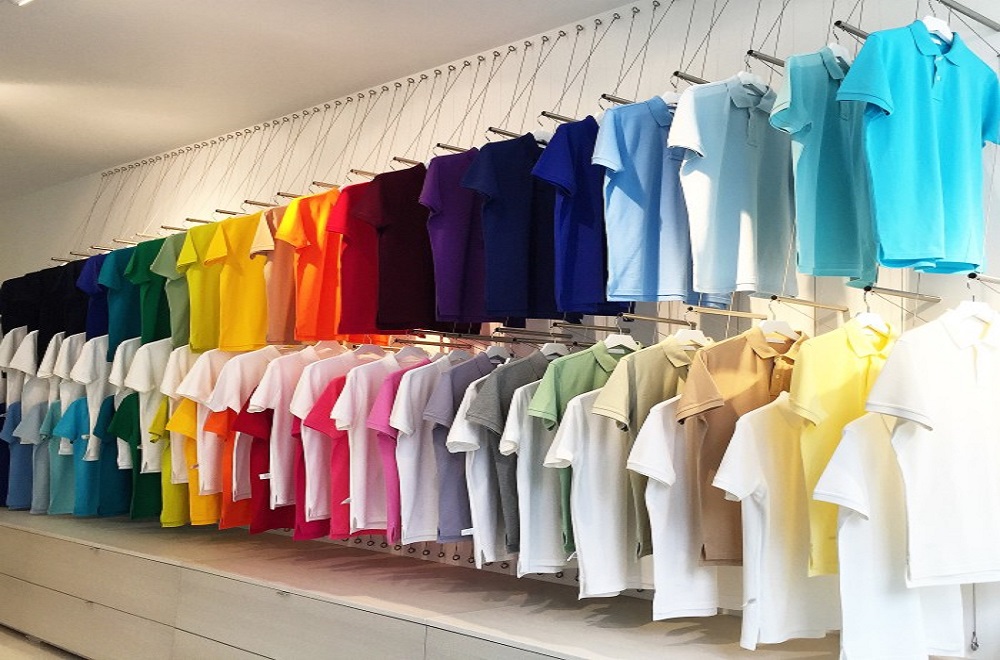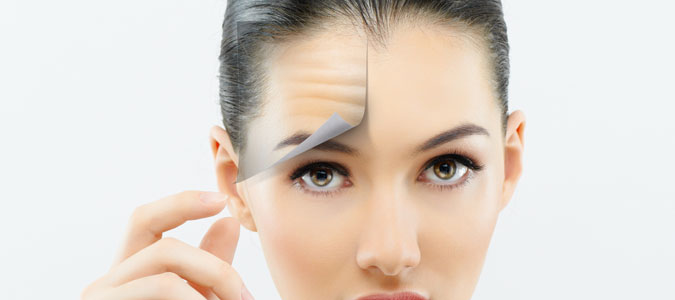What is medical foam?
Medical foam is a specialist grade of foam that has been created for the healthcare sector. It is used in a variety of applications that span patient comfort, body positioning, transportation and more. Its characteristics include a soft and comfortable feel that is both breathable and lightweight, yet it is also water resistant, durable, antimicrobial and stain resistant. Medical grade foam is also ‘biocompatible’, meaning its qualities ensure that the foam remains hygienic for the next patient.
Why use medical grade foam?
Medical grade foam is specially made for its intended purpose and is therefore available in a variety of thicknesses, densities, grades and types. This type of foam is also treated with various chemicals and coatings to ensure continued sanitation which is crucial in hospital and medical settings.
Medical grade foams used in hospital beds and specialist support chairs, for example, are appropriately supportive to aid recovery, yet remain breathable, flexible, elastic and fire retardant. These foams are also made to the required thickness, firmness, shape (often egg-crate shaped) and density to reduce the chance of bed sores.
This type of foam is the correct choice for healthcare settings as a reputable medical grade foam manufacturer or retailer can ensure it has been produced to the correct compliance standards.
What is medical grade foam made out of?
Most medical foams are made of closed-cell polyethylene, which is a rigid and supportive foam that is non-absorbent, easily cleaned and antibacterial. This type of foam is used in some scanning settings although not all, as its hygienic spray coating is radiopaque and can interfere with some X-rays. Closed-cell polyethylene foam is used in body and scan supports, hospital trolleys and beds, padded cassette bed rests and examination beds.
Types and characteristics of medical grade foam
There are many different types of medical grade foam. Polyethylene foams and cross-linked polyethylene foams are most commonly used across a range of patient applications, extending to medical device packaging and solutions for medical components.
Medical grade open-celled polyurethane foams are also used as they are lightweight, resilient, resistant to mildew/damp and provide excellent cushioning. This type of foam is usually found in waiting room chairs, for example. Likewise, reticulated polyurethane foam is also found in these settings as it is easy to clean and can be manufactured with antibacterial and fungicidal properties, making it great to use in products that may come into contact with fluids and require wiping.
Medical grade foam applications
In addition to the above, medical grade foam is frequently used in products that endure high usage, such as hospital trolleys and wheelchairs. This also extends to examination beds found in GP surgeries and hospital consultation rooms - many of which are continuously in use.
Furthermore, patients needing to undergo scans are often injured or cannot hold themselves in the required position to ensure that clear images are taken. Medical grade foam supports are frequently used to support the neck and other areas of the body, such as individual limbs, to ensure prime positioning. In all applications, medical grade foam is developed to withstand heavy traffic for these very reasons. . .
Claire Thomas
Manager, AnyFoam Ltd
2 Falcon Gate, Shire Park, Welwyn Garden City, Hertfordshire, AL7 1TW, South East
Email ID: editor@anyfoam.co.uk
Company Phone No: 01707817327
AnyFoam is a leading UK supplier of high-quality foam cut-to-size products for a diverse range of domestic and commercial uses. Using state of the art manufacturing facilities in the UK we can accurately cut foam to virtually any size and shape. All our foam products conform to British Standard specifications.









